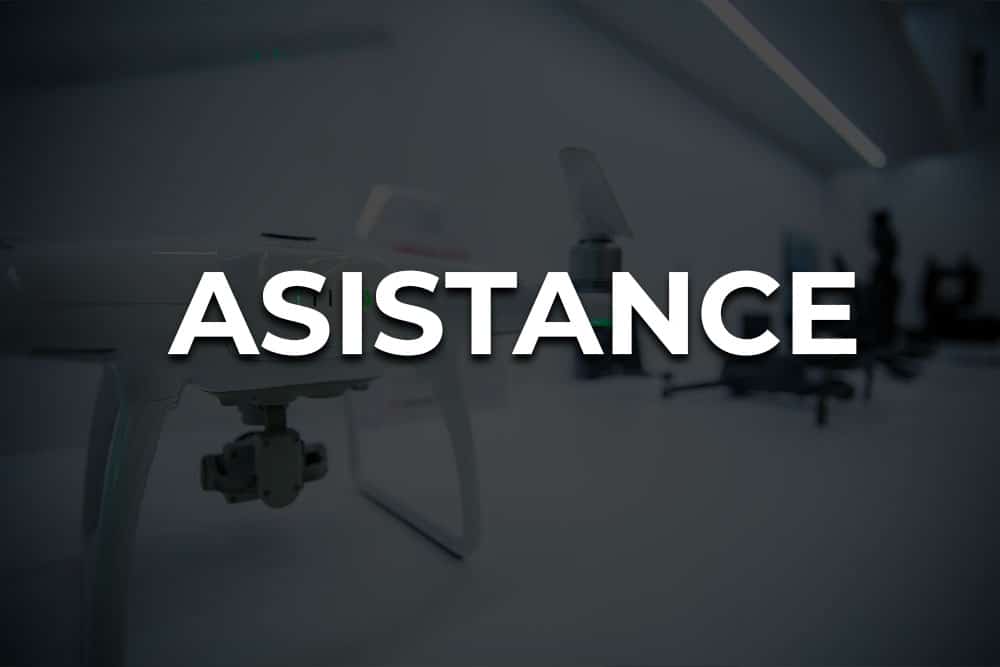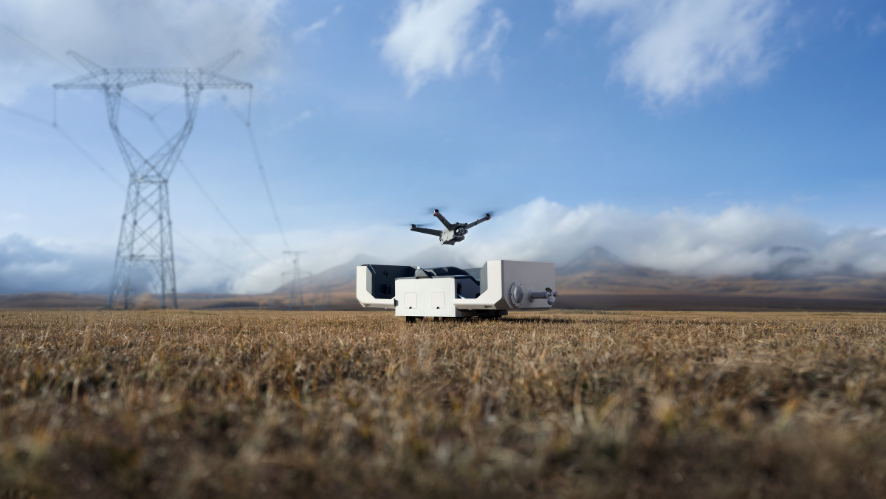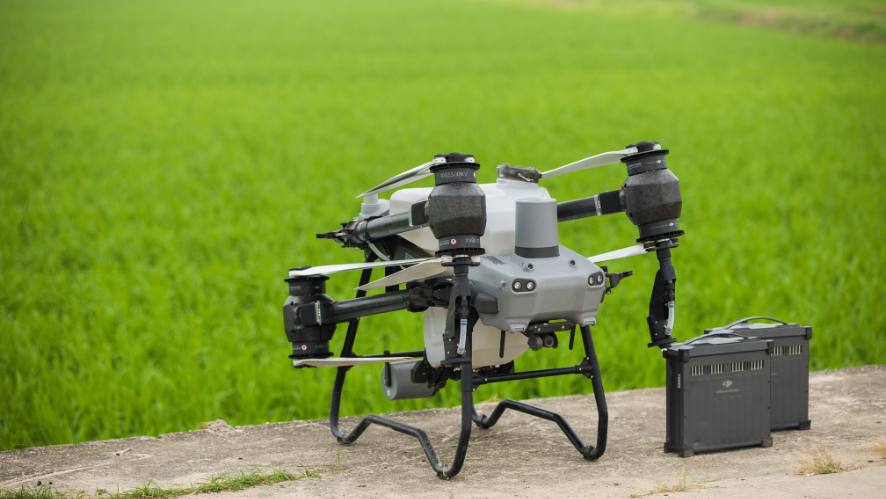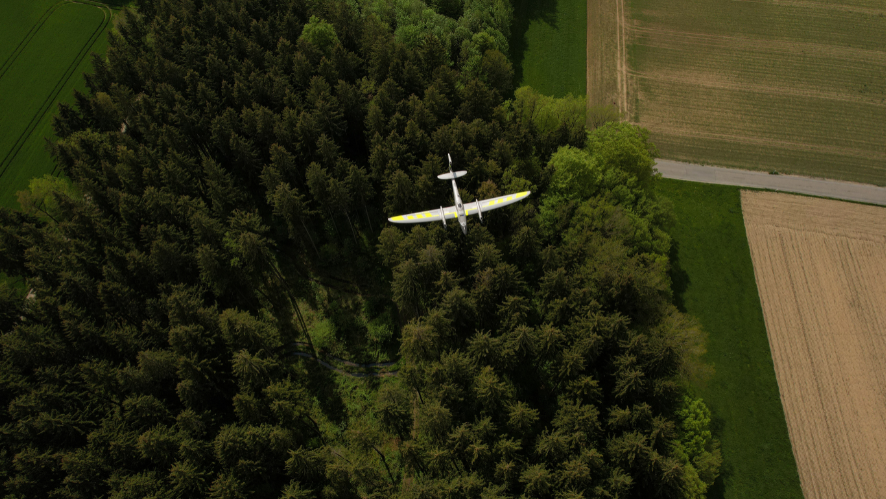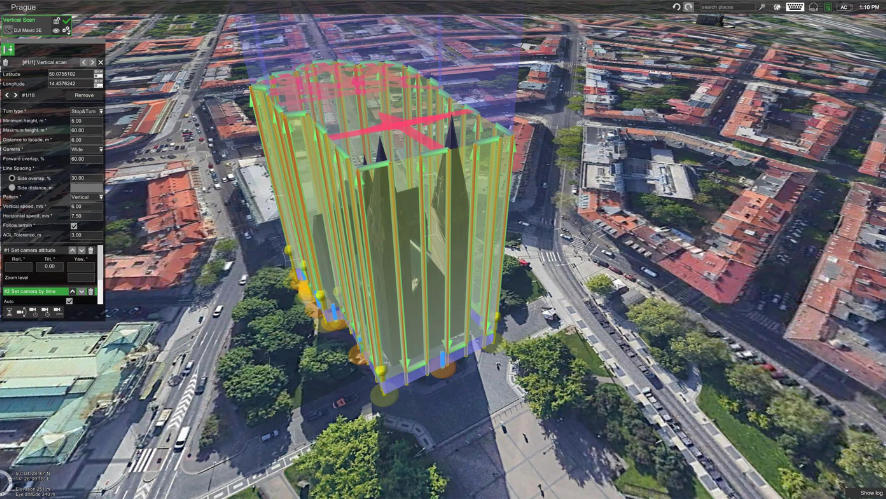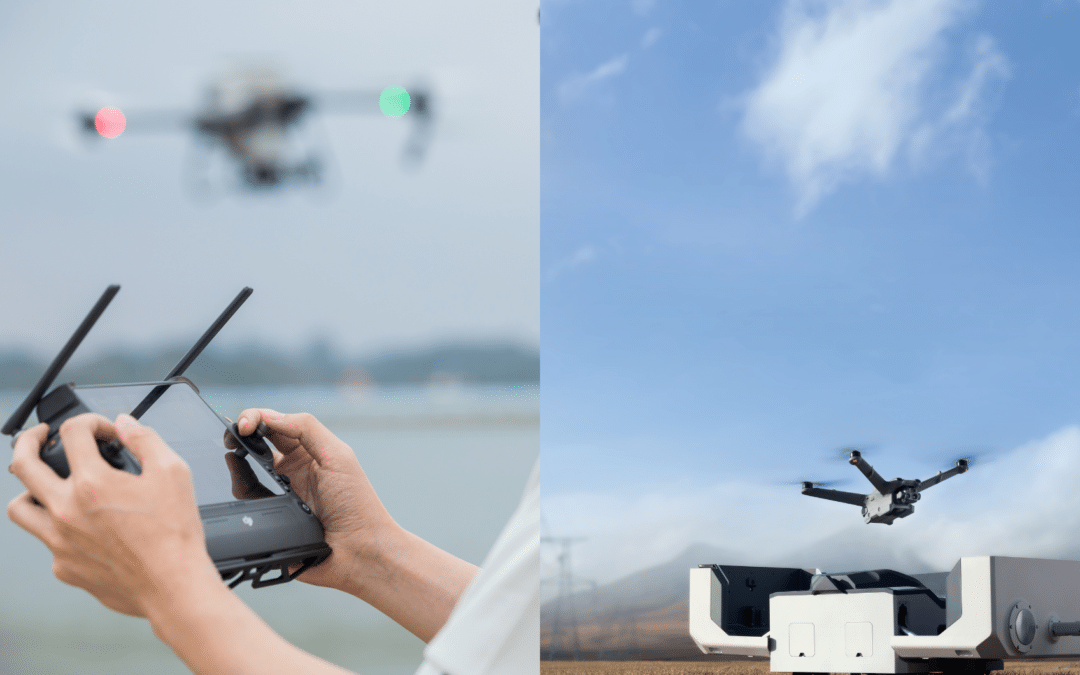It is undeniable that artificial intelligence is present in almost every piece of equipment we use on a daily basis. In the last year, there has been significant growth in the use of AI in various sectors, and drones have been no exception. To better understand, artificial intelligence (AI) refers to the ability of machines to perform tasks that normally require human skills, such as reasoning, learning, planning and creativity. So we can clearly see that the combination of drones and AI is transforming a wide range of operations, from agriculture to security, and is changing the way we interact with the world around us.
It’s true that, a few years ago, drones and similar technologies were a reality exclusively for military purposes. However, thanks to technological advances, drones are now available not only to companies, but also to end consumers. They are much more than just devices for capturing aerial images. They are now equipped with a range of sophisticated sensors, such as LiDAR (Light Detection and Ranging), high-resolution cameras and advanced communication systems. These drones can perform complex tasks such as detailed topographical mapping and real-time environmental monitoring.
To better explain how AI works in drones, we need to understand what neural networks are. They are a type of machine learning model inspired by the structure of the human brain. These networks are made up of layers of artificial neurons that process and transmit information. Each neuron in a layer is connected to the neurons in the next layer, forming a complex network. It should be noted that they are fed and trained in large volumes. For example, to recognize people or detect pests, the neural network is fed labeled images (for example, images of people and pests) and learns to identify specific characteristics associated with each class.
DJI, for example, uses computer vision and artificial intelligence algorithms to detect and recognize people. These algorithms, based on deep neural networks and other AI techniques, process videos in real time, making it possible to count people and monitor their movements. When it comes to pest detection, DJI uses multispectral cameras that capture images at different wavelengths of light. This makes it possible to identify visual signs and changes in plant health that may indicate the presence of pests or diseases. These images are processed by software with artificial intelligence algorithms, which identify patterns and signs of infestation.
Drones and sensors with AI
Security and Inspection
Military forces, police and security companies benefit significantly from the various capabilities offered by drones. With the help of AI, it is possible to analyze videos in real time, using algorithms to detect unusual activity and suspicious movements, enabling a rapid response to potential threats. Facial recognition, even in crowded areas, becomes a valuable tool for security control. Drones such as the DJI Matrice 350 RTK, DJI Mavic 3 Enterprise and DJI Matrice 30 exemplify the advances the technology offers. The M350 RTK, equipped with the Zenmuse H30 sensor, for example, can automatically adjust the brightness of ambient light and apply intelligent image algorithms, ensuring images with smooth transitions between bright and dark areas.
Agriculture
According to a DJI report, around 300,000 agricultural drones are in use around the world. And with the advance of technology, both large producers and small farmers can take advantage of drones. These drones with multispectral cameras (DJI Mavic 3 Multispectral) capture images of the crops in different wavelengths of light, and AI processes these images to identify early signs of disease, pests or nutritional deficiencies in the plants, allowing for quick and targeted interventions. Once analyzed by software, fields can be treated precisely by DJI Agras and reduce the overuse of pesticides. It can also use AI to analyze data captured by drones to predict crop yields, allowing farmers to better plan harvests and logistics.
In general, artificial intelligence in drones is expected to increase. It has become increasingly indispensable in various sectors. These advances are extremely positive, helping to reduce the risks faced by security teams, boosting research into inspections and offering numerous benefits to farmers. Compared to conventional methods, which are often expensive and put lives at risk, AI-equipped drone technology has emerged as an effective and safe solution. Contact us for exceptional solutions for your company.
________________________________________________________________________________________



